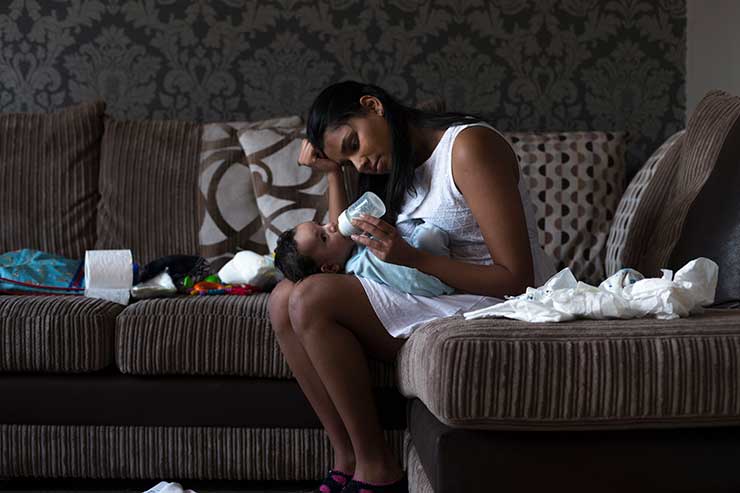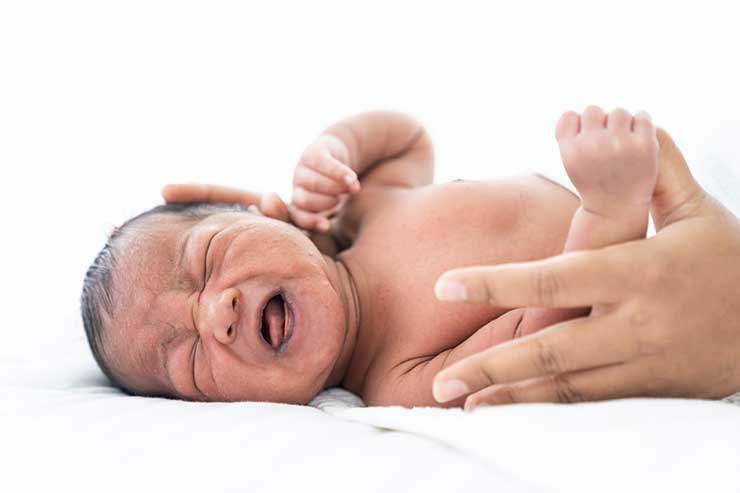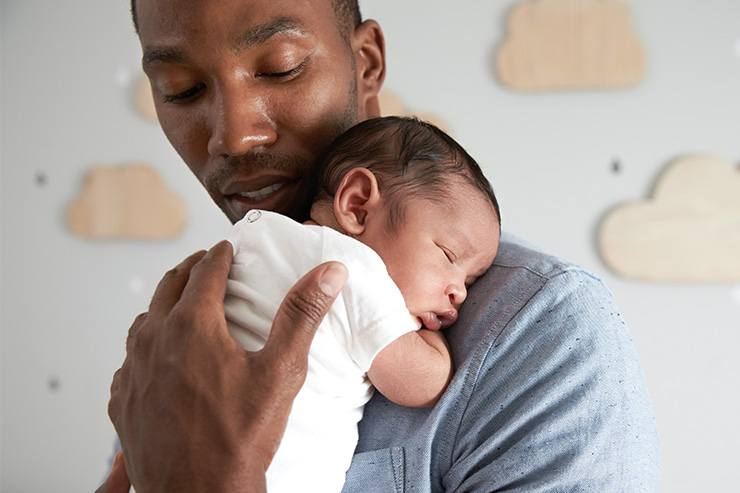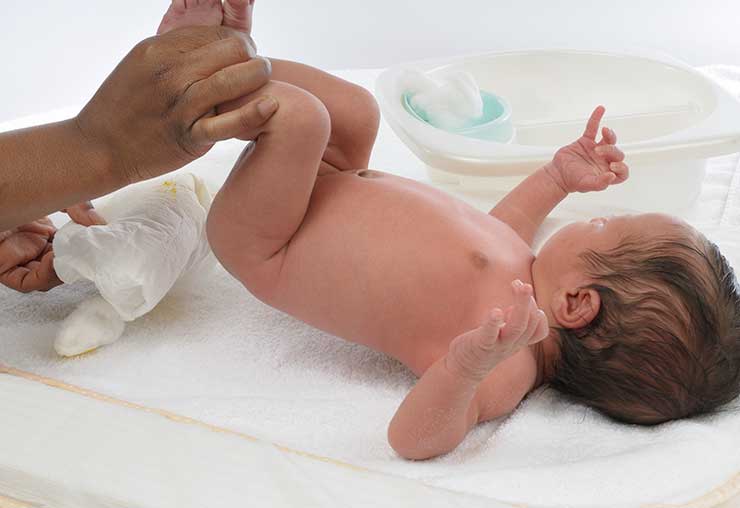Los llantos, las noches sin dormir, los constantes cambios de pañales… ¡Cuidar a un bebé es una ardua tarea! Por desgracia, la frustración y el cansancio pueden llevar a algunos cuidadores al límite, lo que los hace lastimar físicamente a los bebés.




¿Qué puede ocurrir si se sacude a un bebé?
| De inmediato: | |||
|---|---|---|---|
| La respiración puede detenerse o volverse irregular | El corazón puede detenerse | Irritabilidad extrema | Debilidad en brazos y piernas |
| Disminución del nivel o pérdida completa de la conciencia | Vómitos | Convulsiones | Dolor y llanto incontrolable |
| Disminución del apetito o vómitos sin motivo | Succión o deglución deficientes | Cambio en el patrón de sueño o incapacidad para despertarse | La cabeza o la frente parecen más grandes de lo habitual, o la parte blanda de la cabeza parece abultada |
| Incapacidad para levantar la cabeza | Incapacidad para enfocar la vista o seguir el movimiento | Tamaño desigual de las pupilas | Muerte |
| En el futuro: | |||
|---|---|---|---|
| Dificultades de aprendizaje | Retrasos en el desarrollo | ||
| Discapacidades físicas | Ceguera | ||
| Pérdida de audición | Discapacidades del habla | ||
| Parálisis cerebral | Convulsiones | ||
| Trastornos del comportamiento | Muerte | ||




Línea nacional de ayuda contra el maltrato infantil de Childhelp
1-800-4ACHILD
Esta línea de ayuda en caso de crisis, que funciona las 24 horas del día, ofrece asistencia, información, documentación y remisiones.
The ‘I’m a WIC Client’ button now directs to Nutrition and Breastfeeding, the content offered on the site has not changed.
Side-Lying Hold
This hold is useful when:
Cross-Cradle Hold
This hold is useful when:
Clutch or “Football” Hold
This hold is useful when:
Cradle Hold
This hold is useful when:
Laid-Back Hold
This hold is useful when: